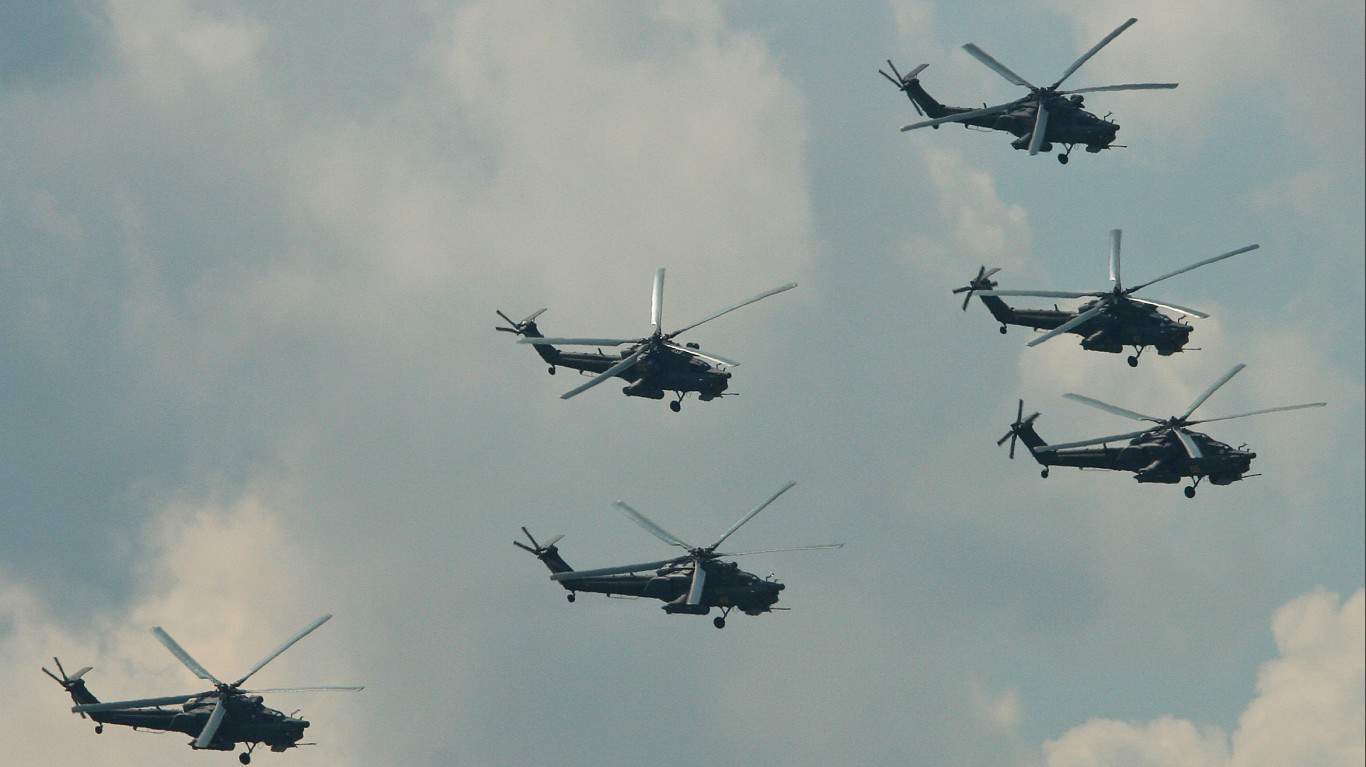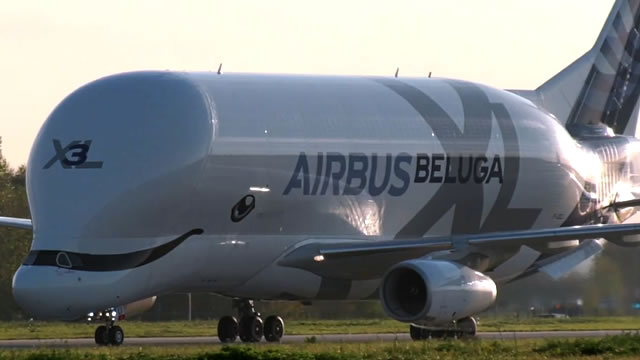Analysis of Eastern European Military Helicopter Fleets
Introduction
In 2019, the worldwide military helicopter market was valued at $23.3 billion. Analysts project the market could reach $28.8 billion by 2027. The United States is not expected to lead this growth, with countries in Africa, Eastern and Central Europe, Asia, and the Middle East increasing their helicopter fleets due to ongoing conflicts.
Eastern European Countries with the Largest Helicopter Fleets
Moldova
Moldova has 2 helicopters and ranks low in military strength due to limited funding and political instability.
Montenegro
Montenegro has 11 helicopters and a NATO affiliation for security.
Slovakia
Slovakia has 22 helicopters and has improved its forces since joining NATO in 2004.
Bulgaria
Bulgaria has 27 helicopters and is looking to acquire F-16V Viper fighter jets from the U.S.
Czechia
Czechia operates 33 helicopters along with Saab JAS 39 Gripen fighter jets.
Hungary
Hungary has 38 helicopters and has a mix of East and West military assets.
Belarus
Belarus has 64 helicopters and maintains strong ties with Russia for military support.
Romania
Romania operates 67 helicopters and plans to acquire F-35 fighter jets.
Ukraine
Ukraine has 130 helicopters and a large military force to defend against Russian aggression.
Poland
Poland leads in the region with 215 helicopters and modernization efforts with NATO allies.
Russia
Russia has the largest helicopter fleet in the region with 1,547 helicopters, showcasing its military might.
Impact on Individuals
Increased military helicopter fleets in Eastern Europe could lead to heightened tensions and potential conflicts, impacting civilians living in these regions. There could be disruptions in daily life, travel restrictions, and concerns about safety and security.
Global Implications
The expansion of military helicopter fleets in Eastern Europe could have wider implications for global security. Tensions between countries in the region could escalate, leading to diplomatic strains and potential military interventions. The world may see shifts in alliances and defense strategies as a result of increased military capabilities in Eastern Europe.
Conclusion
The growth of military helicopter fleets in Eastern Europe underscores the significance of the region in global security. As countries bolster their military capabilities, the potential for conflicts and geopolitical changes increases. It is essential for international stakeholders to monitor and address the evolving military dynamics in Eastern Europe to maintain peace and stability worldwide.





